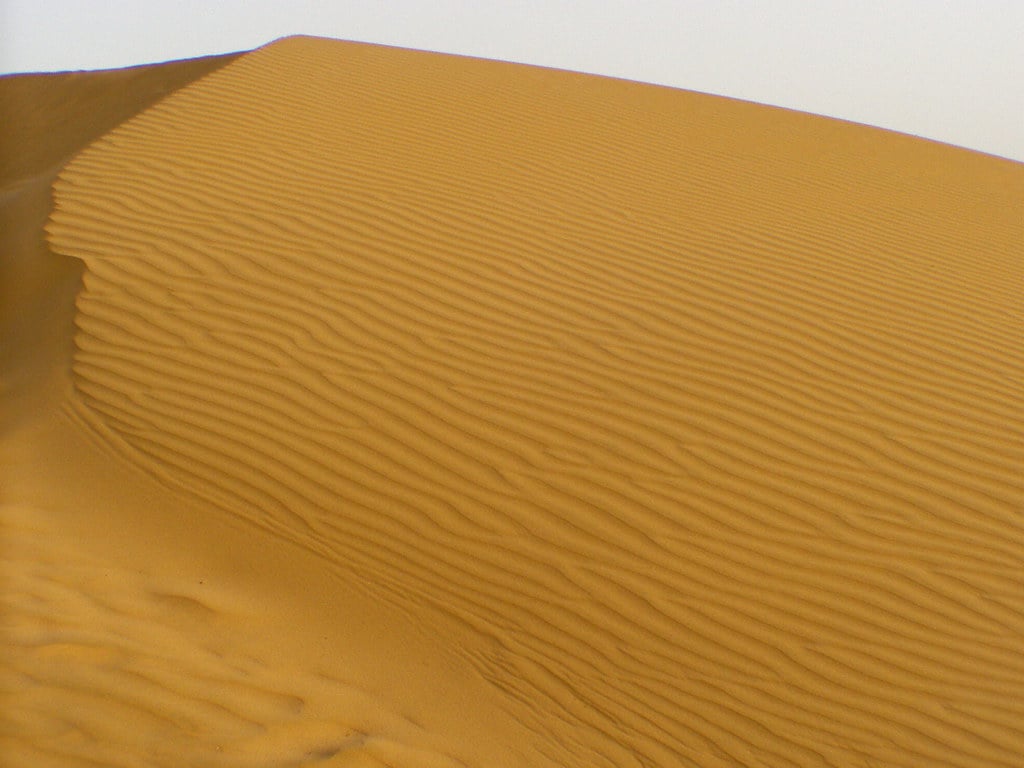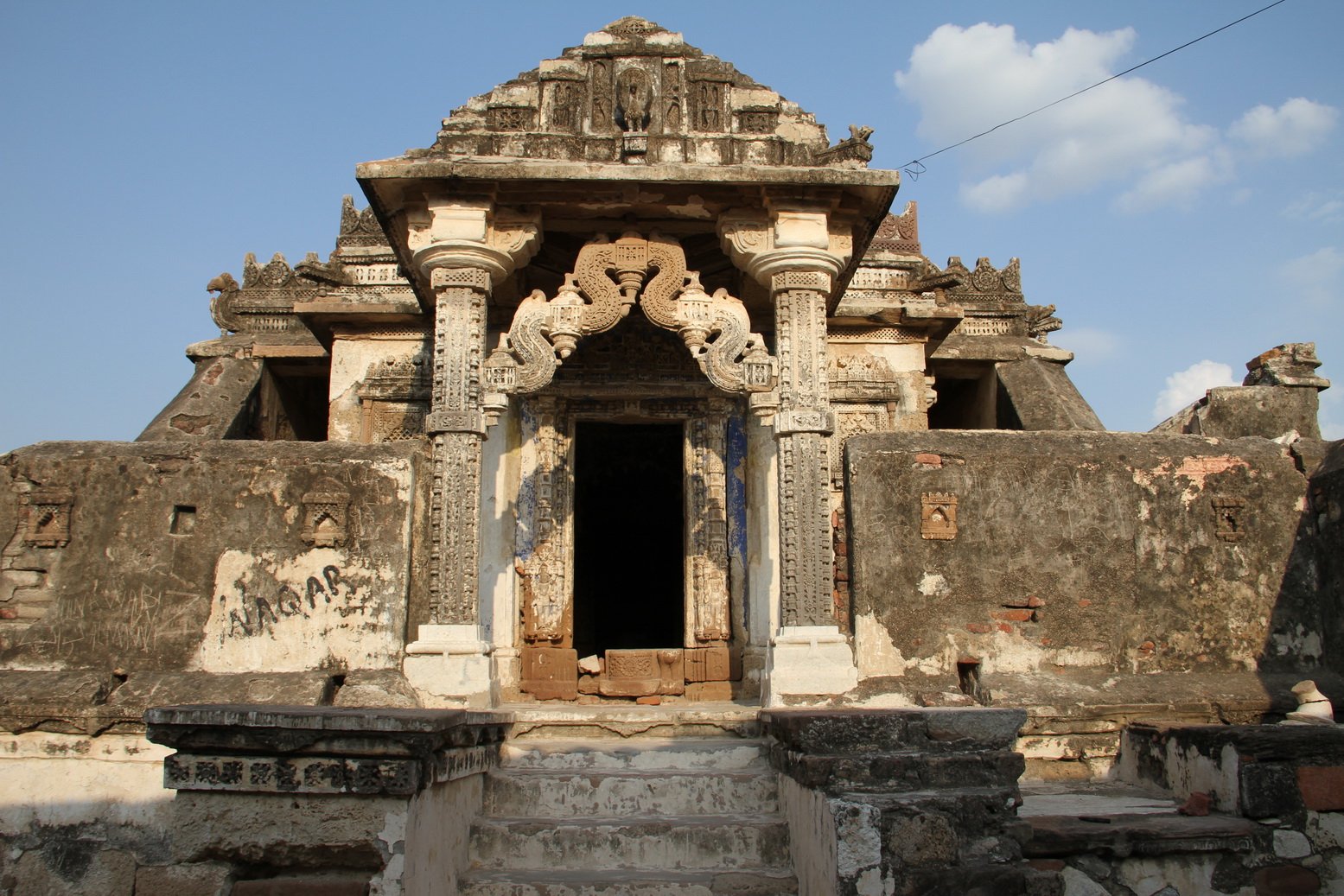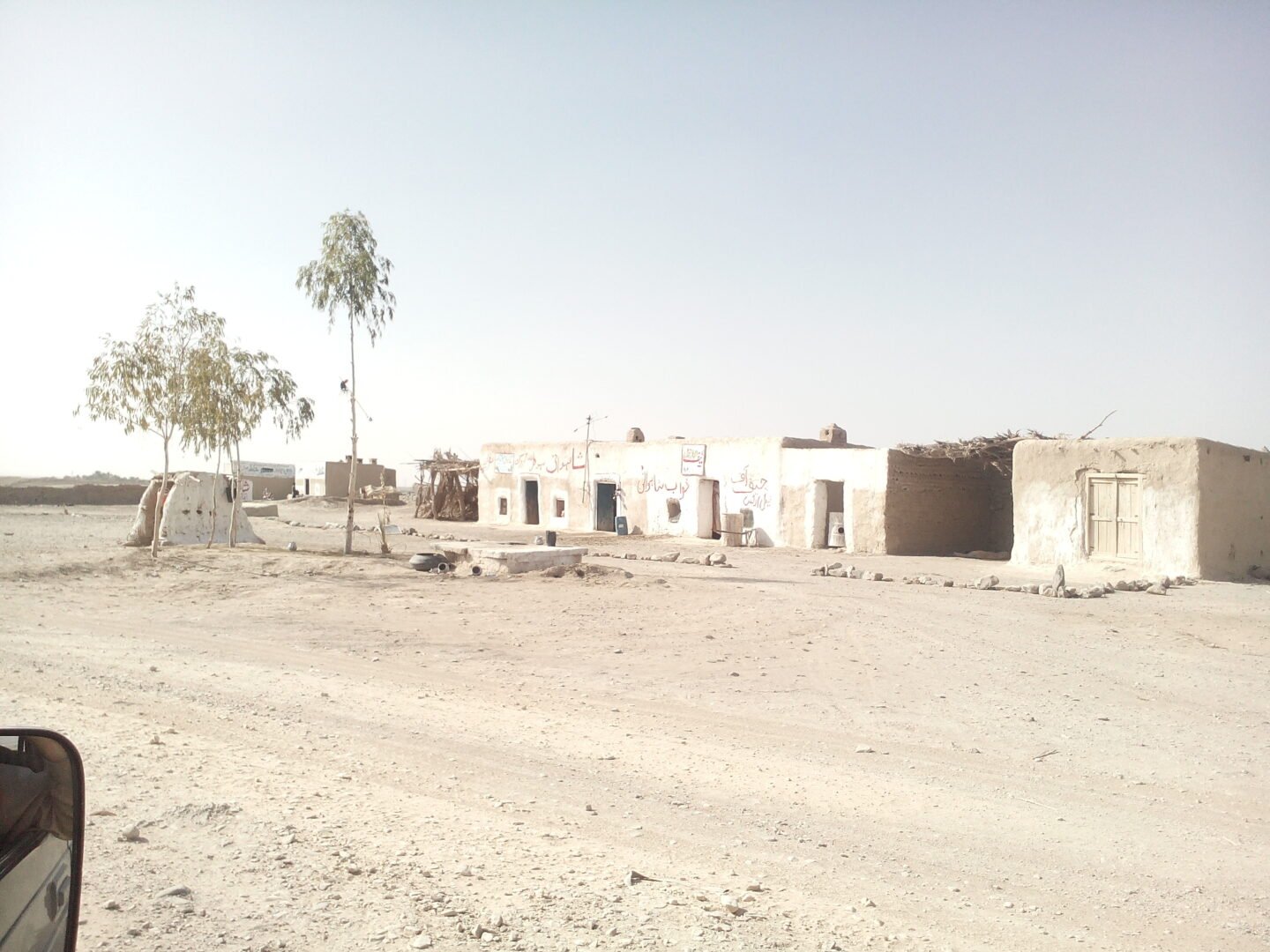An Introduction to the Deserts in Pakistan
Pakistan is home to the world’s most captivating deserts, and around 10% of desolate land consists of deserts. There are five famous deserts in Pakistan, and they are the Thar, Cholistan, Thal, Kharan, and Katpana deserts. All these deserts have their characteristics and traits, which are different from one another. Moreover, these deserts add beauty and colors to Pakistan’s landscape. The beautiful deserts of Pakistan are known for their mesmerizing beauty, and they hold immense significance in the international community.
Although deserts are considered barren lands, they have huge significance due to their cultural importance and biodiversity. Desert animals and plants add a layer of significance to their existence. Most importantly, their dry climatic conditions are crucial for safeguarding human artifacts. Thus, Pakistani deserts always catch the eye of tourists because these sandy dunes have unparalleled beauty, as they provide breathtaking views to tourists.
Thar Desert
One of the biggest deserts of Pakistan is the Thar Desert, which is also termed the Great Indian Desert. Additionally, it has also been considered one of the largest deserts around the globe. It consists of 200,000 and is present between Pakistan and India. Most of its area is present in India, which is around 85%, whereas the rest of it lies in the Pakistani region.

The desert is extremely unique because of its distinctive features, such as granite mountains, parched wetlands, and abandoned plains. Around 30 million people live in this desert, which makes it one of the most inhabited deserts. It has been regarded as the “friendly desert of Pakistan,” as this desert is easily accessible to the people.
Moreover, saltwater lakes are present in this desert. A tiny dam was constructed in this desert, named Nagarparkar, in 2020 and is considered a valuable addition to the dams in the state. The vegetation of the Thar Desert includes herbaceous and stunted scrub, drought-resistant trees, euphorbia, and khejri trees. The climate of this desert is extreme, ranging from hot summer days to cooler nights.

On the other hand, in winter the days are quite warm, whereas the nights are cool. The people residing in this desert are Muslims and Hindus. That is why many colorful traditions are practiced in the region, and both celebrate their festivals in full swing, which adds to the desert’s bewitching beauty. Hence, the main sources of income of these people are animal farming and agriculture because this desert conforms with nomadic lifestyles.

Cholistan Desert
The Cholistan Desert is also known as the Rohi Desert and is very popular among the deserts of Pakistan. The area of the Cholistan Desert is about 16,000 square kilometers. It is situated at the outside edge of Bahawalpur. It is considered the favorite tourist spot because it comprises numerous heritage sites that come under the list of the most-visited ancient places in Pakistan. This desert has dry and semi-dry temperatures with extremely low humidity. Furthermore, the average temperature is 28.33 °C (82.99 °F).

The Cholistan Desert has spectacular features and is famous for different products such as hand-woven rugs and blankets, as well as traditional jewelry items made of gold and silver. It is known for the flat shoes known as khussas. The cottage industry drives the economy of this desert. Semi-nomadic people live in this desert, and they earn their living through livestock by selling milk and meat. The desert has few and far between species, such as red foxes, caracal cats, and black vultures, etc. Derawar Fort and Dodhla Forest are present in this desert, which makes it more unique. Additionally, the vegetation consists of some rare plants including jand, phol, khar, etc.

Thal Desert
The Thal Desert is considered the third most significant desert among the deserts of Pakistan, and it lies in the Punjab region between the waterways of Jhelum and Sindh. Adjacent to it lies the Potohar Plateau, and it covers various regions like Bhakkar, Mianwali, Layyah, Muzaffargarh, and Jhang. The sandy desert consists of 20,000 square kilometers of land. Thus, numerous languages (Urdu, Saraiki, and Thalochi) are spoken in this desert because it covers different areas of Pakistan.

The climate of this desert is extremely harsh due to vegetation becoming difficult. Wind cyclones are also common, and the highest temperature recorded is 44 degrees Celsius. Green chickpeas are the most famous food item of the Thal Desert, and they are liked by Punjabis as well as Sindhis. However, in Urdu, they are known as haray cholay. The incredible feature of this desert is the construction of the Thal Canal. Its water is used for irrigation purposes and for feeding the livestock.
Kharan Desert – The Sandy Desert of Pakistan
Kharan Desert is also known as the “sandy desert of Pakistan.” The desert is located in the Kharan district of Balochistan and covers around 20,000 square kilometers. Additionally, it is home to 0.23 million people. It is popular worldwide because Pakistan’s second nuclear test, conducted in 1998, took place there. The climate of the Kharan Desert is dry, as very little rainfall takes place throughout the year. The people residing there rely on agriculture, farming, and livestock for their living. The sandy dunes are grey-brown. Historically, this desert has immense significance because it has been assumed that Alexander the Great happened to cross this desert in the 4th century BC. Hence, this desert is magnificent as it provides spectacular views to the explorers.

Katpana Desert, Skardu – The Cold Desert of Pakistan
The Katpana Desert is also referred to as the “cold desert of Pakistan.” Pakistan is full of beautiful places, and the Katpana Desert is one of them. It is surrounded by marvelous mountain ranges such as the Karakoram and the Himalaya. The desert lies between Skardu and the Shigar Valley. This desert is very popular among tourists, and the sandy dunes covered in snow add beauty to this desert. Furthermore, it has a high altitude and is 7,303 feet above sea level. The primary source of earnings is tourism, and the vegetation includes algae, grasses, and plants with thin, skinny leaves.


Introducing the Green Pakistan Initiative & Drip Irrigation System
The deserts of Pakistan can be utilized to eradicate food scarcity in the region. For this purpose, an initiative named “Green Pakistan” was undertaken by COAS General Asif Munir. This project aimed to address the issue of food security in the state by utilizing the barren land. Therefore, for the first time, in the barren land of the Cholistan Desert, nearly one acre of land was cultivated in a short period.
Moreover, the prime objective of this initiative is to use advanced and innovative machinery as well as efficient irrigation systems to develop the agricultural sector of Pakistan. Additionally, Pakistan has been facing the issue of water scarcity for the past few years, so to address that issue, Pakistan has introduced the “drip irrigation system,” which will, in turn, make the desert flourish. It will play a huge role in the water management and cultivation of the desert. However, it is expensive, and the government of Punjab is giving a 60% subsidy to its farmers so that they can use this irrigation system to make deserts thrive.
Green Economy: Revolutionizing the Deserts of Pakistan
By adopting the strategy of a “green economy,” Pakistan can greatly benefit by following the successful model of China’s Kebuqi Desert. Pakistan should collaborate with the Chinese Elion Resources Group, which will play a huge role in transforming Pakistan’s deserts into cultivated lands. Numerous initiatives, for instance, afforestation, growing Chinese herbs, and establishing eco-friendly infrastructure, can resolve the issues of desertification and improve the local climate as well.
On the other hand, these kinds of techniques can play a significant role in maintaining environmental sustainability, as they will increase the quality of soil and the level of precipitation. As a result, new economic opportunities would be opened for Pakistan by transforming barren lands into fertile lands; the exports of Pakistan would get a great push. Pakistan can grow medicinal plants on these lands, which are in high demand in China, and then export them. Ultimately, numerous employment opportunities would be created for local people, which could drive them out of poverty. Hence, the success story of China’s Kubuqi Desert serves as an inspiration for Pakistan to make its environment sustainable and to restore its economy.
Conclusion
Conclusively, the deserts of Pakistan are extremely famous worldwide, as all of them have unique characteristics, ranging from the Thar Desert – the largest desert in Pakistan – to the Katpana Desert – regarded as the coldest desert in the country. The deserts serve as tourist spots, mesmerizing the tourists with their beauty. Different activities such as camping, hiking, stargazing, and desert safaris catch the attention of the explorers. These deserts are more than dunes, as they provide rich biodiversity. Thus, the deserts of Pakistan also serve as the saviors of biodiversity and ancient archives.
If you want to submit your articles and/or research papers, please visit the Submissions page.
To stay updated with the latest jobs, CSS news, internships, scholarships, and current affairs articles, join our Community Forum!
The views and opinions expressed in this article/paper are the author’s own and do not necessarily reflect the editorial position of Paradigm Shift.
Ms. Amina Iqbal is studying international relations at Kinnaird College for Women University, Lahore.



